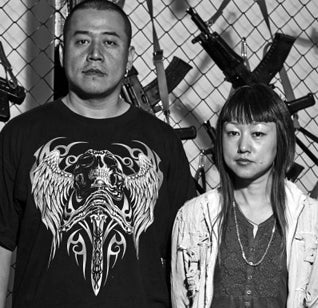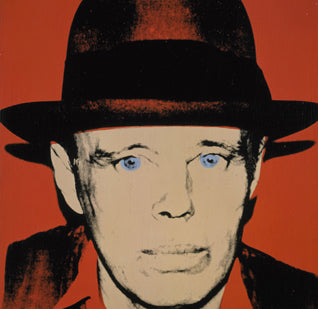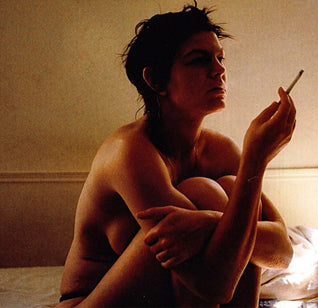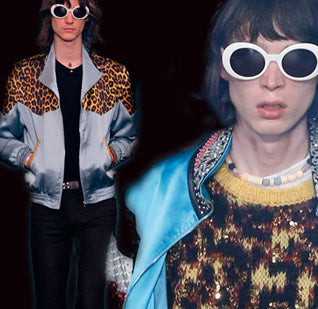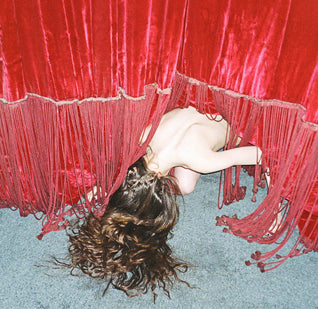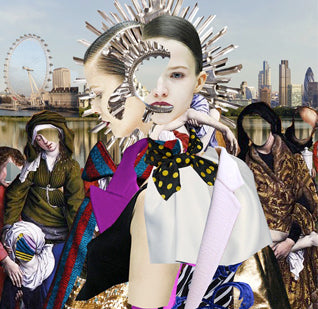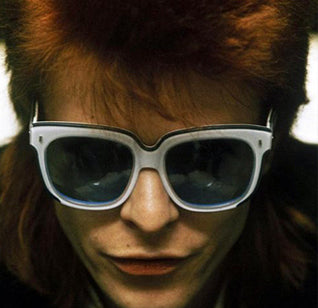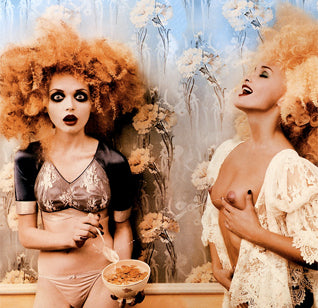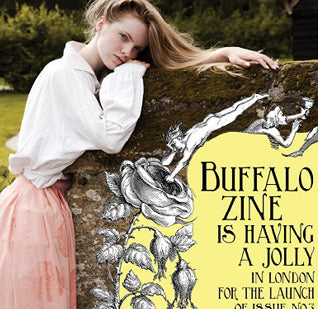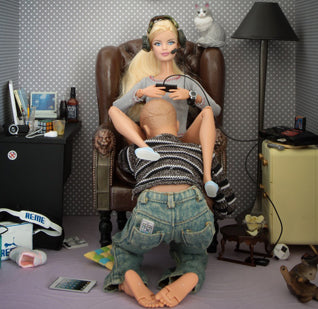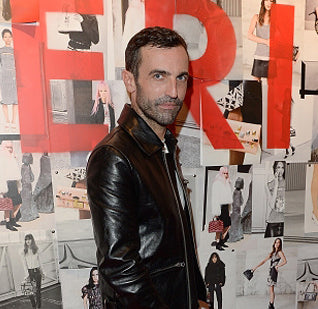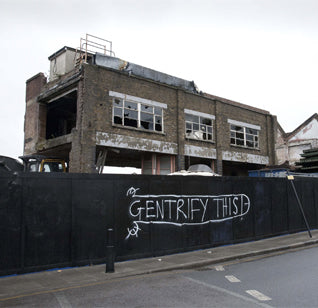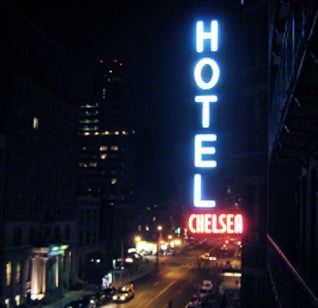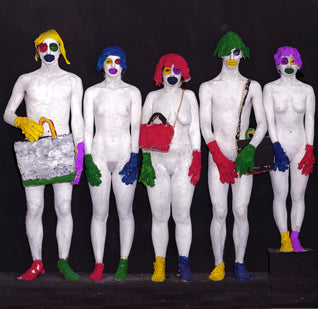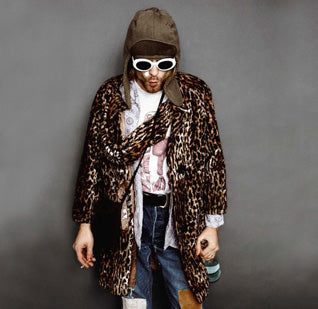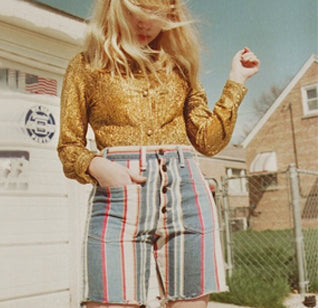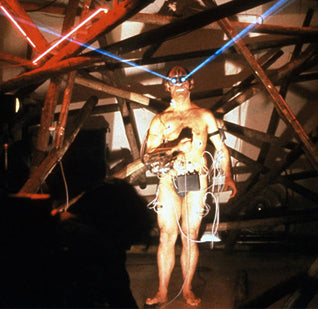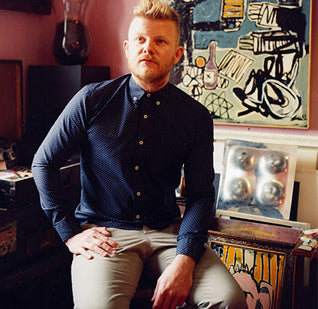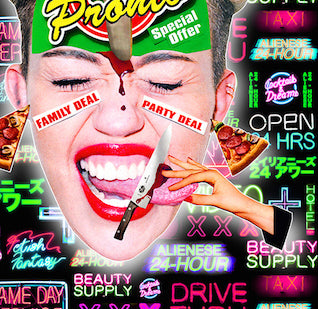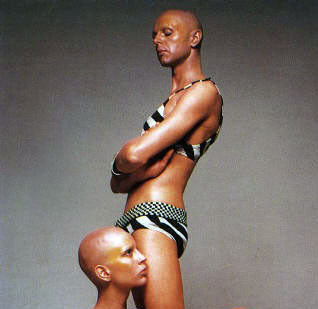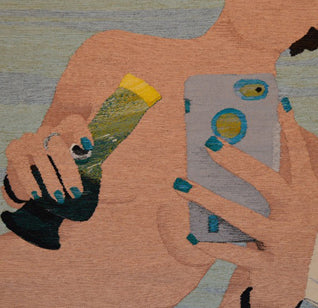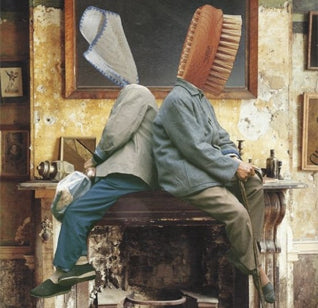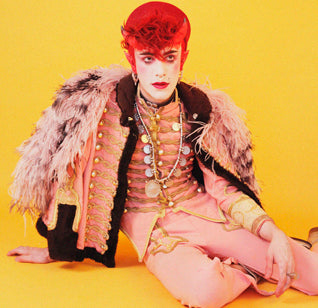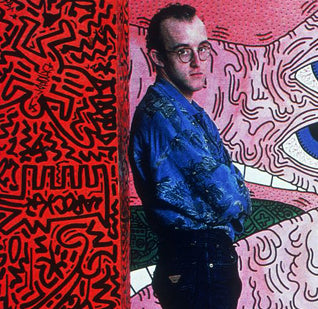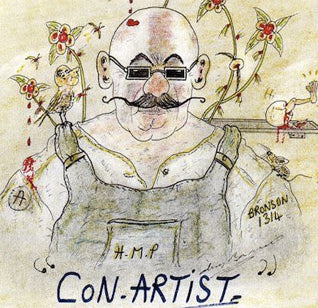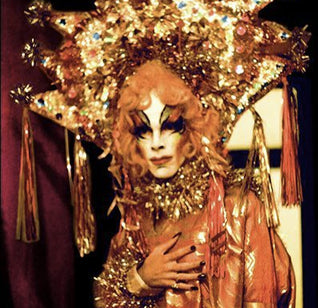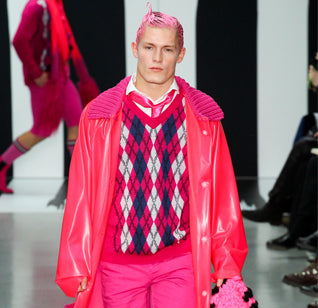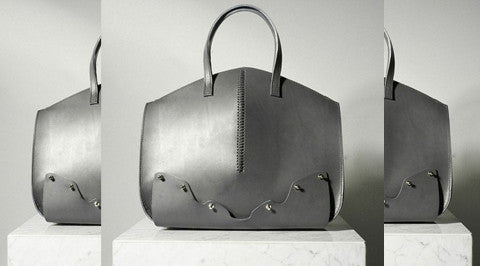THE WORLD'S A STAGE
Apocalyptic visions by Suzanne Moxhay, joint winner of the KOD Prize
by Maria Raposo
Joint winner of the KOD Prize, Suzanne Moxhay creates surreal and unsettling landscapes. She invites her audience into apocalyptic worlds where civilization is scarce. Eerily empty, they seem like deserted stages – waiting for the show to start. In her work, everything is not as it seems; shadows fall in the wrong direction and dream-like smog mutes the resolution. We talk to the talented young artist about her winning work and the YBAs.

Suzanne Moxhay, 'Eventide', 2012
KOD: So, how do you make your work?
Suzanne Moxhay: I work with a mixture of found images from old books and magazines, my own photographs and some painted elements. My technique for building montage involves both cut and paste in the studio and by digital manipulation.
KOD: Meaning there’s an element of collage?
Suzanne Moxhay: Yes, when I originally started developing the kind of work I make now I was inspired by an old filmmaking technique- matte painting. In the past a matte painter would paint part of a film set on glass, parts of the set which couldn't be filmed in reality- for example epic landscapes in the background. The paintings would be incorporated seamlessly into the film when they were filmed. I started by setting up a series of non reflective glass panels in my studio- kind of like flats, which I would cut and paste fragments of images onto in order to build up a montage.
KOD: And so you end up with a quite surreal effect...
Suzanne Moxhay: The landscapes are not realistic, or perhaps they could be at first sight but on closer inspection, they begin to fall apart. There are discrepancies in perspective; shadows falling in the wrong places. I was always interested in that effect in film, where you'd see the action take place in an environment that clearly wasn't real.
When working with found material and looking through photographs, I work quite intuitively. Sometimes I see how a connection can be made between images – it can be something like the direction of light can travel through one image to another. I start with some idea of what I want to do but a lot of the time I am responding to the material, so it's not always predictable.
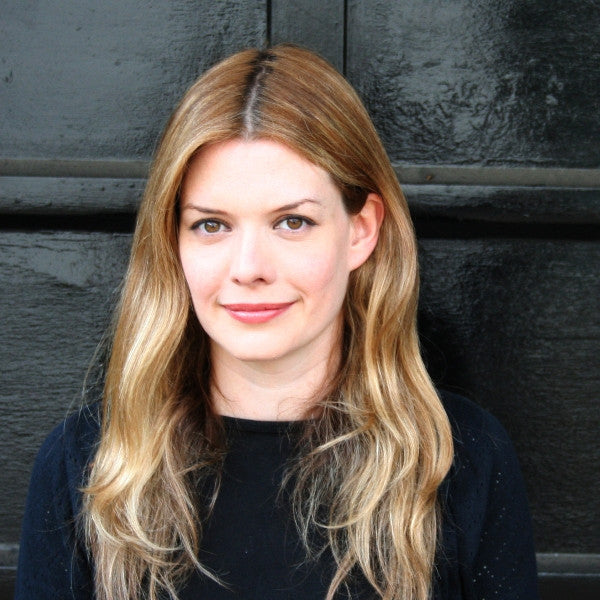
Suzanne Moxhay, 2009
KOD: Is there a reason your work only features traces of civilization?
Suzanne Moxhay: I like to keep the places empty, like a stage set where something might be about to happen or has just occurred
KOD: Where do you find your materials?
Suzanne Moxhay: The piece that is in UP&COMING is from a series where I used photographs taken around Bow and the River Lea. It is an interesting area where industrial sites and a more suburban/ natural environment come together. I use these photographs taken alongside printed images which I have found in old books and magazines – especially from those that were produced at the start of color printing from around the 1940s-1970s.
These photographic images have a sense of distance to them. I think they lack the sharpness of contemporary photography we see in newspapers and magazines; they sometimes appear closer to painting.
KOD: What differentiates the UP&COMING piece from your other works?
Suzanne Moxhay: 'Eventide' is from a series that is based on places in London. I'd concentrated on a certain time of day when it's getting dark. These images are much darker than the work I was making before. I was interested in the effect of artificial light and the way it can give places the feel of a stage set.
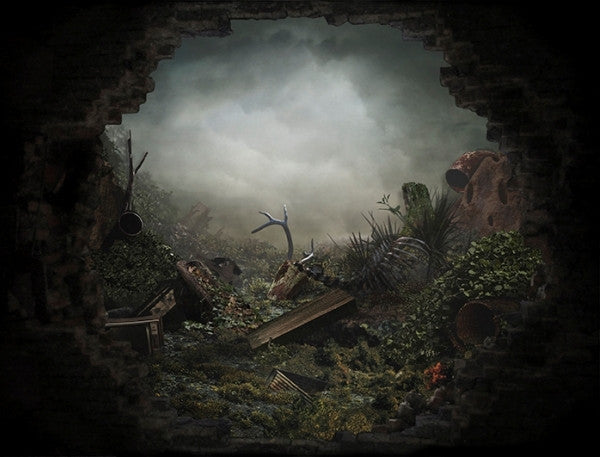
KOD: Does London often feed into your work?
Suzanne Moxhay: I have travelled quite a lot and in the past have been inspired by images of places I've seen in old travel magazines and then have gone to visit them. I had, for example, a few hundred copies of 'Arizona Highways' magazine from the 1940s-1980s. I was working with these images and then decided to go the actual place and see what it would be like to photograph it myself. More recently I have been looking closer to home and exploring London and the suburbs.
KOD: In regards to the KOD Prize judging panel, Do you believe the YBAs legacy still affects artists today?
Suzanne Moxhay: I think the effect the YBAs had was to make the public much more engaged in contemporary art, I think visiting galleries like the Tate Modern is much more popular today in part because of the legacy of the YBAs.
KOD: What’s important about established artists giving back to rising talent?
Suzanne Moxhay: Established artists are in a unique position to be able to offer support and endorsement to rising talent. I'm sure everyone can remember a time when they were offered help or opportunity by someone more established which was valuable. I should imagine I would like to do the same for someone else one day.
KOD: As an emerging artist, did you struggle to get noticed?
Suzanne Moxhay: It's difficult sometimes as there's so much going on especially in London. I think it's important to work on projects with other artists that your work has an interesting connection with or with galleries that really support you and your work.
See more of Suzanne Moxhay's work here

